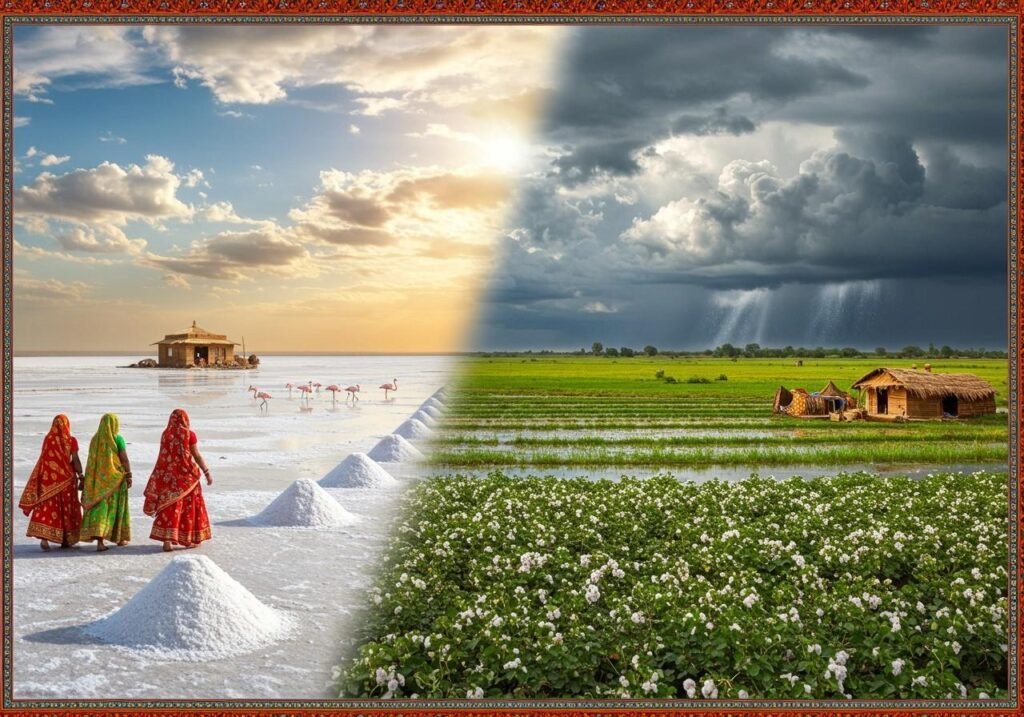Weather, or હવામાન, plays a pivotal role in shaping our daily lives, from the clothes we wear to the crops we grow. In a country like India, where the climate is diverse, understanding the weather patterns is essential for agriculture, infrastructure, and economic development.
In this blog, we will explore the climate of Gujarat, the seasonal trends, and the impact of weather patterns on various aspects of life, including agriculture, tourism, and urban development.

1. What is Weather (હવામાન)?
Weather refers to the atmospheric conditions at a particular place and time. These conditions are influenced by factors such as temperature, humidity, air pressure, wind speed, and precipitation (rain, snow, etc.). In contrast, climate is the average weather pattern observed over a long period (typically 30 years or more).
Understanding weather patterns is crucial for making informed decisions related to agriculture, disaster management, and public health.

2. The Climate of Gujarat
Gujarat, located on the western coast of India, experiences a tropical climate. The state witnesses hot summers, a monsoon season, and mild winters, but regional variations exist due to the influence of the Arabian Sea, Rann of Kutch, and the Saurashtra region.
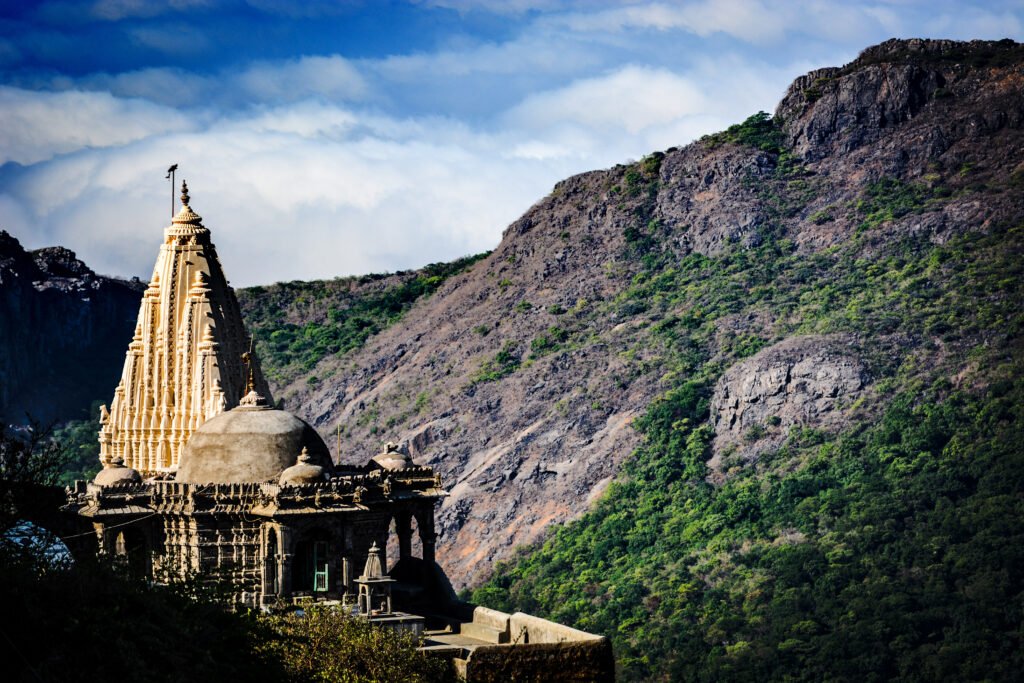
1. Summer (March to June)
Gujarat experiences scorching temperatures during the summer months, with some areas like Kutch and Saurashtra reaching 40-45°C. These high temperatures can cause heatwaves, especially in the interior regions. The summer is also characterized by low humidity, making the heat feel more intense.

2. Monsoon (June to September)
The monsoon season brings relief to the state as the southwest monsoon winds sweep across Gujarat. The west coast of the state, particularly Veraval and Surat, receives significant rainfall. In contrast, Kutch and Rann of Kutch receive less rainfall, making them semi-arid. The monsoon season is vital for agriculture, especially for crops like cotton, groundnut, and sugarcane.
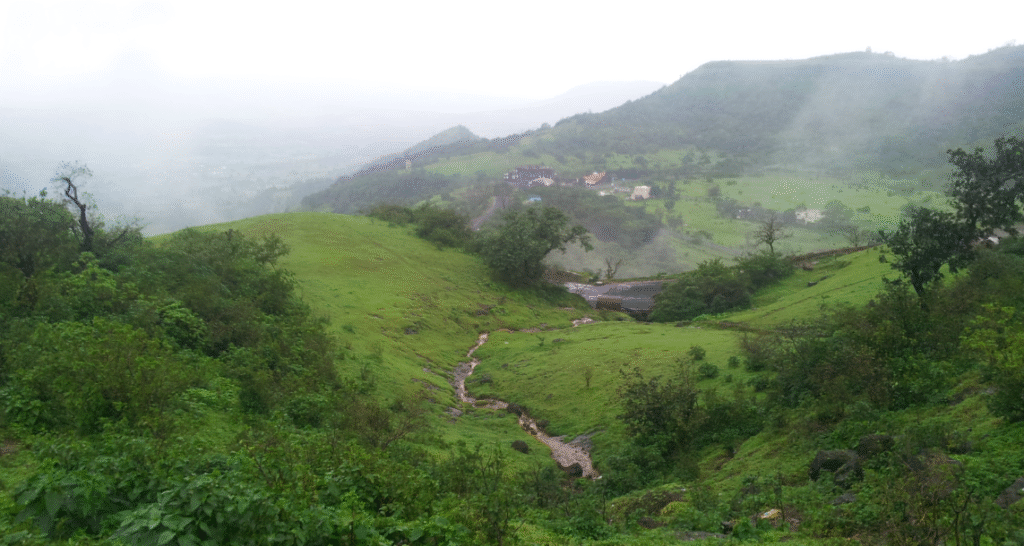
3. Winter (October to February)
The winter months in Gujarat are mild and pleasant, with temperatures ranging between 15°C and 28°C. This is the best time for tourists to visit the state, as the weather is comfortable and suitable for sightseeing. The winter season is crucial for the cultivation of wheat, gram, and vegetables.
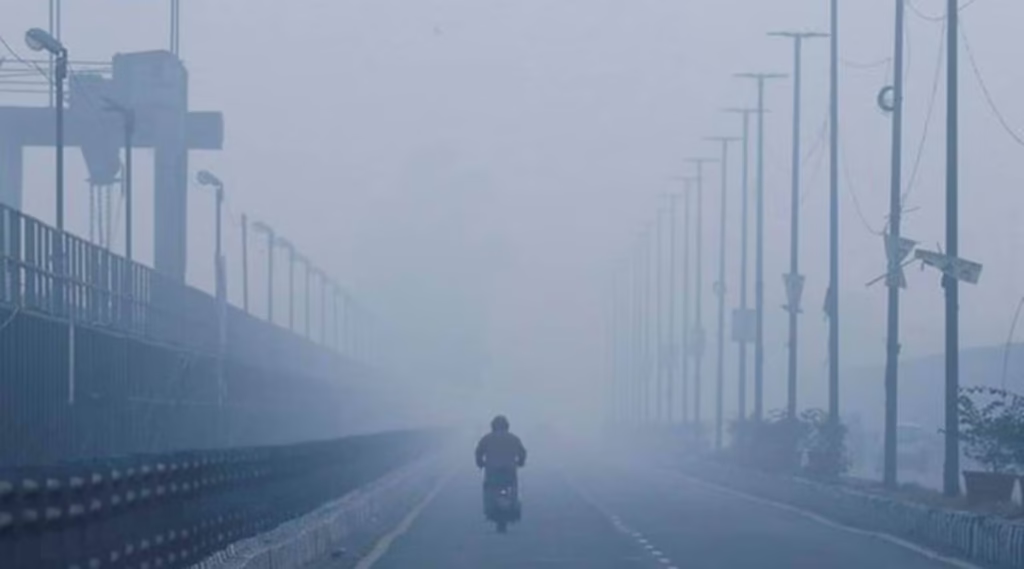
3. Impact of Weather on Agriculture in Gujarat
Gujarat’s economy is heavily dependent on agriculture, and the weather plays a crucial role in crop productivity. The state is known for producing a significant portion of cotton, groundnuts, cereals, and vegetables. Here’s how different weather conditions affect agriculture:
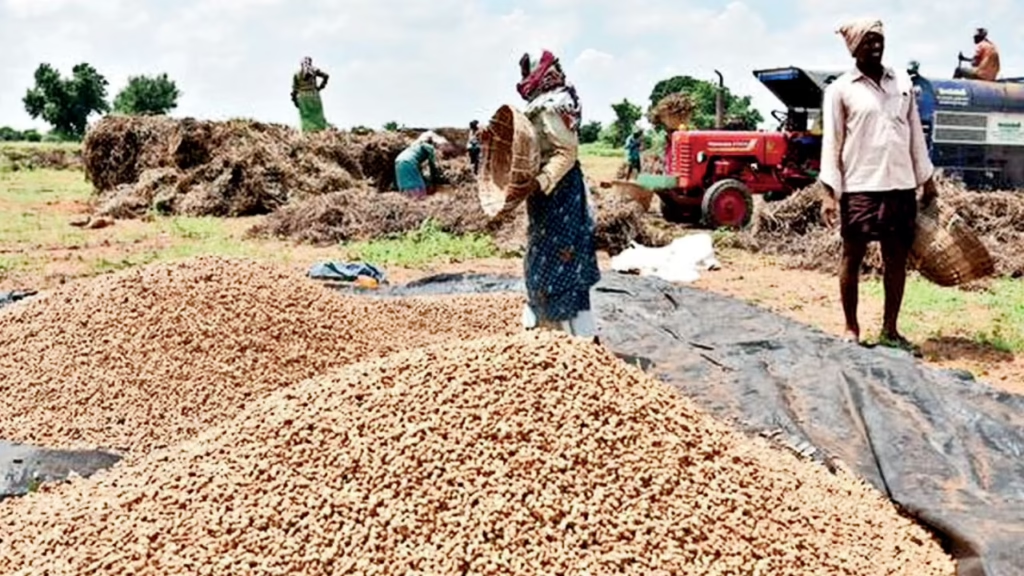
1.Impact of Summer
Heatwaves during the summer months can severely affect crop yield and livestock. Prolonged heat can lead to soil moisture depletion, which impacts irrigation needs and agricultural productivity.
Irrigation systems are crucial for summer crops, but water scarcity can be a problem in arid regions like Kutch.
2. Impact of Monsoon
Adequate rainfall during the monsoon season is essential for the successful growth of rain-fed crops like rice, sorghum, and maize.
Excessive rainfall or flooding can lead to soil erosion and damage to crops, especially in low-lying areas.
3. Impact of Winter
Cold temperatures during winter can cause damage to sensitive crops such as tomatoes, chillies, and fruits.
However, the cooler weather is ideal for growing wheat, mustard, and other winter crops.
4. Extreme Weather Events in Gujarat
Like many other regions of the world, Gujarat has witnessed an increase in extreme weather events in recent years, attributed to climate change. These include:
Heatwaves: Gujarat has experienced severe heatwaves, especially in regions like Saurashtra, causing significant harm to crops and livestock.
Flooding: Unpredictable rainfall patterns in some years have led to flash floods, particularly in areas along the Sabarmati River.
Cyclones: The coastal areas of Gujarat, such as Veraval and Dwarka, are vulnerable to cyclonic storms that can cause extensive damage to infrastructure and agriculture.
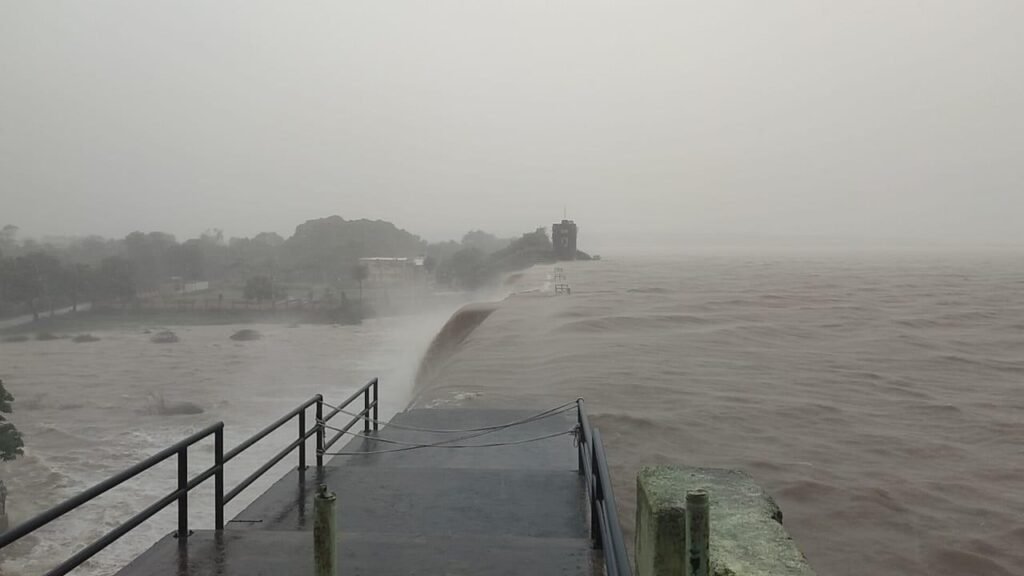
5. Weather and Tourism in Gujarat
The diverse weather conditions in Gujarat play an important role in shaping the state’s tourism industry. With its unique landscapes, historic temples, and vibrant culture, Gujarat is a popular tourist destination.
- Summer tourism: While the summer season can be challenging due to high temperatures, areas like Mount Abu in the Aravalli Range or Gir National Park are cooler and remain popular among tourists.
- Monsoon tourism: The monsoon season brings lush green landscapes to areas like Saputara, Suryanagar, and Bhuj, attracting nature enthusiasts and adventure travelers.
- Winter tourism: The mild winter is the peak tourist season, especially in Kutch for the Rann Utsav and Vadodara for cultural festivals.
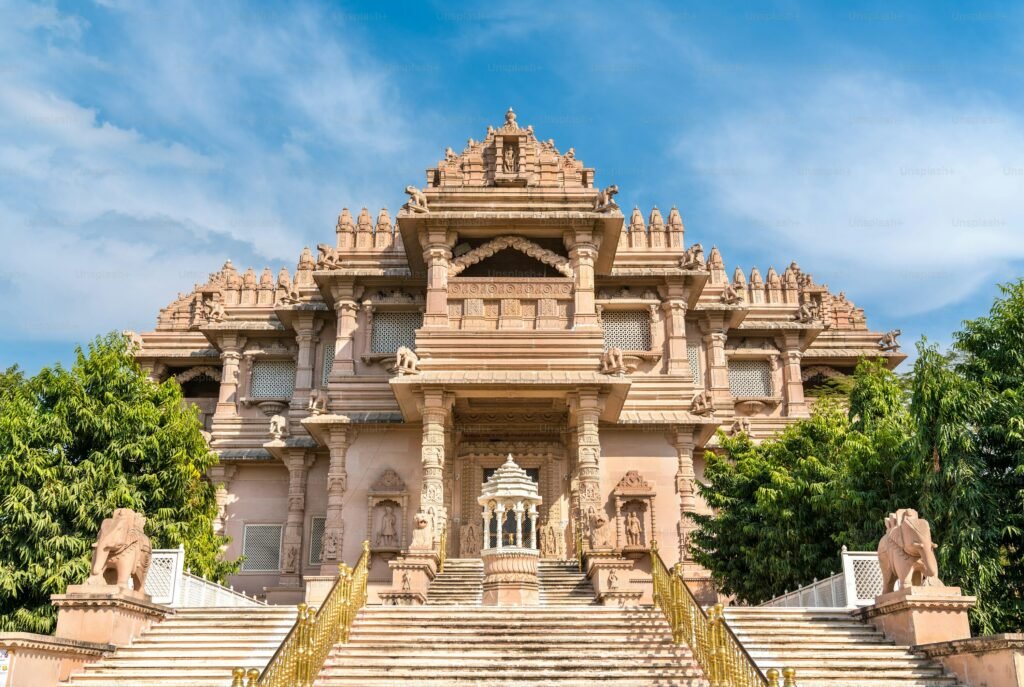
6. Weather Forecasting in Gujarat
Accurate weather forecasting is essential for sectors like agriculture, tourism, and disaster management. Various institutions like the India Meteorological Department (IMD) and private weather services like AccuWeather provide regular updates on weather conditions, including rainfall forecasts, temperature trends, and extreme weather warnings.

How to Check Weather in Gujarat?
- AccuWeather: Provides detailed weather forecasts for Gujarat cities like Ahmedabad, Surat, and Vadodara.
- IMD Website: Offers daily weather bulletins and warnings, especially important for agricultural planning.
- Google Weather: Quick and easy access to current weather updates.
7. Climate Change and Its Effects on Gujarat
Gujarat is highly vulnerable to the impacts of climate change. These include:
- Rising temperatures: Higher-than-usual temperatures can lead to droughts and water scarcity, particularly in regions like Kutch and Saurashtra.
- Erratic monsoon: Unpredictable rainfall patterns can cause flooding or drought, both of which severely affect agriculture.
- Sea-level rise: Coastal cities like Surat and Vadodara are at risk from rising sea levels and cyclonic storms.
To combat these challenges, Gujarat is increasingly focusing on sustainable development and climate resilience.

8. Sustainability Initiatives and Solutions
Gujarat is taking significant steps to address its weather challenges and ensure a sustainable future. Key initiatives include:
Climate adaptation: The state is working on building climate-resilient infrastructure to withstand extreme weather events.
Water conservation projects: The Sardar Sarovar Dam and other irrigation projects aim to improve water availability for farming.
Solar power: Gujarat is a leader in solar energy, with large-scale solar farms in the Kutch region providing clean energy.

9. Conclusion: The Future of Weather and Climate in Gujarat
The weather and climate of Gujarat play a significant role in shaping the lives of millions of people, particularly in agriculture. As the state faces growing challenges from climate change, it is crucial to continue focusing on sustainable solutions and climate adaptation. With advancements in weather forecasting and environmental policies, Gujarat can mitigate the impacts of extreme weather events and continue to thrive as a hub for both agriculture and tourism.
